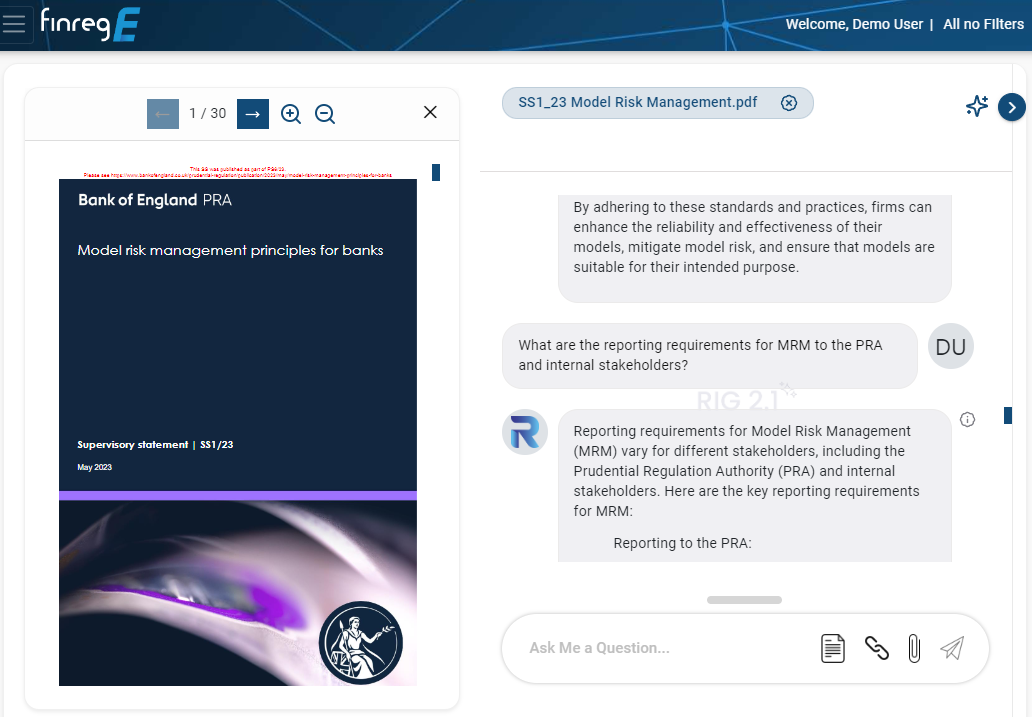Although The Great Recession began in the USA in 2007, it triggered a domino effect that resulted in the collapse of the global financial system over the next two years.
According to Moody’s Analytics, the global economy lost over $2 trillion—a drop of 4% from the pre-recession peak—in economic activity due to the recession.
During the crisis, financial institutions experienced significant losses due to the risky investments they had made before the fall of the first domino—the collapse of the 150-year-old investment bank, The Lehman Brothers—in America.
Armed with lessons from one of the worst economic fallouts in recent history, regulators around the world began an evaluation of existing financial regulations for vulnerabilities and loopholes that led to the crisis and initiated a systematic overhaul of the regulatory framework to improve the resilience of global and regional financial systems.
Today, almost 12 years after the crisis, the global financial system has returned to some semblance of normalcy (COVID-19 aside) and is going through an extended period of relative resilience thanks to the overhaul of financial regulations.
In this post, we explore how these instruments improve this important metric of economic success across modern economies.
Limiting government-led bailout programmes
While this may seem counterintuitive, limiting government-led bailout programmes has helped stabilise the global financial system in recent years.
The collapse of the housing market was the primary catalyst for the 2007 recession. US banks lent money to thousands of homeowners without proper screening and evaluation, which led to defaulting in record numbers, and subsequently, a reduction in house prices.
US banks were able to grant these loans due to the existence of a government bailout programme for large banks. While the bailout programme was supposed to improve stability, it achieved the opposite effect.
This situation was by no means unique to the USA. Governments across the world had similar systems in place, which ultimately led to the collapse of the global financial system.
Since then, regulators have introduced stricter regulations on bailout programmes, restricting banks and other financial institutions from granting high-default loans and investing in risky financial assets.
The EU, for example, enforced the Bank Recovery and Resolution Directive and centralised supervisory agencies like the SSM, SRB, and ESRB that oversaw the resolution and recovery of financial institutions.
The USA also passed the Dodd-Frank Wall Street Reform and Consumer Protection Act to discourage the expectation of government-led bailouts.
With these regulations, banks are required to make better, less-risky lending and investment decisions, increasing the stability and resilience of the financial system.
The introduction of risk-conscious regulations
Achieving growth in the financial industry is an art that requires financial service providers to balance risk and rewards to fulfil the functions of risk and maturity transformation while ensuring the stability of the financial system.
That said, many institutions lean towards risk in pursuit of higher returns on investments, which can disintegrate the fabric of financial stability, as was the case with The Great Recession.
In recent years, to restrict exposure to high-risk decision making, regulators have introduced a slew of regulations spanning banking, insurance, asset management, and bond and derivative markets that require financial institutions to be risk-conscious when making investment decisions.
Some of the most notable risk-conscious regulations include European Market Infrastructure Regulation (EMIR), Basel III, Solvency II, and the Markets in Financial Instruments Directive (MiFID).
Proposals to further improve financial resilience
According to the G20, the intergovernmental forum for economic cooperation, financial resilience can be further improved by eliminating regulatory challenges brought about by various economic and socio-political factors.
The forum proposed three improvements to the regulatory landscape to enhance resilience:
- Increase comparability across regulatory regimes by eliminating inconsistencies
- Restrict the use of regulatory standards as means of international competition
- Prioritise educating financial service providers on enforced regulatory standards
Financial regulations are the catalyst for financial resilience
Driven by the fallouts of The Great Recession, governments around the world have made significant progress in improving the resilience of financial systems across the board, and financial regulations have played a key role in this process.
Moving forward, they will continue to be the catalyst for financial growth, stability and prosperity, especially as we navigate a post-pandemic economy and industry.


